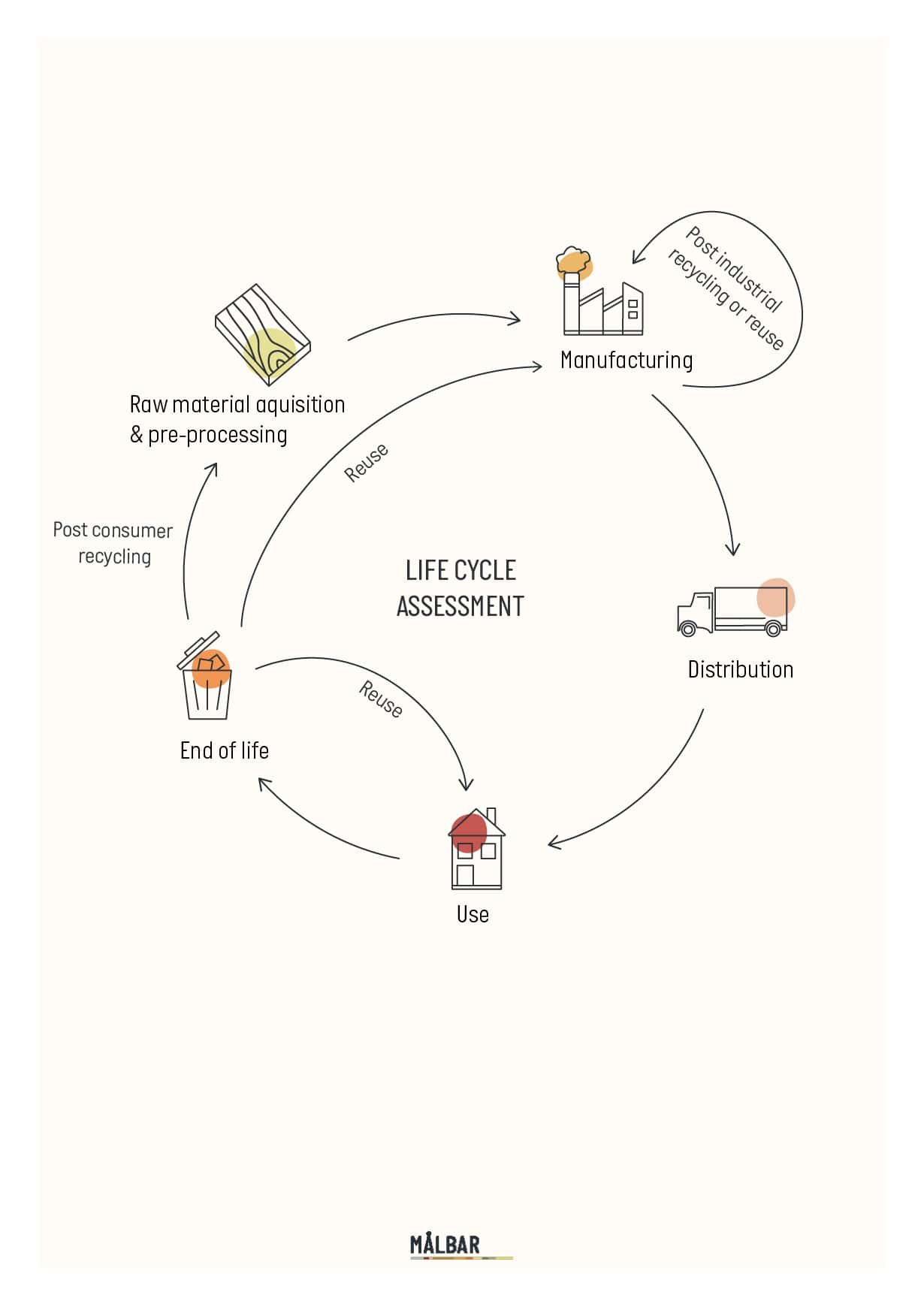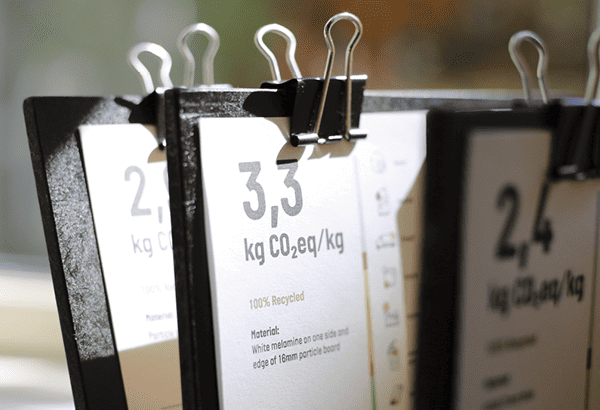
Why the results can’t simply be translated
We’re often asked:
“Can you take an EPD and turn it into a PEF calculation – or the other way around?”
The short answer is: not directly.
While both are based on the principles of Life Cycle Assessment (LCA), PEF and EPD follow different frameworks. And that affects how results are calculated, structured, and interpreted.
Why does this matter?
Because two assessments for the same product – one prepared using the PEF method, the other following the EPD format – may look alike, but are based on different assumptions, data structures, and calculation rules.
And that’s why you can’t directly translate one into the other.
Each method has its own logic, terminology, and purpose. A PEF-based LCA is designed for comparability across products and categories, while an EPD is shaped by sector-specific rules.
So even if the goal is to understand and document environmental impact, the route might be different. And that makes the numbers non-transferable between the two methods without significant rework and revalidation.
In short:
PEF is not a plug-and-play version
of an EPD, and vice versa.

Similar goals, different requirements
Both PEF and EPD aim to document a product’s environmental impact.
But they are built on different rule sets. Particularly when it comes to data sources, level of detail, and assumptions around use and End-of-Life.
Primary data and documentation
PEF calculations are based on a harmonised EU framework with strict requirements for data quality and documentation.
The rules specify that key parts of the data must be based on actual measurements rather than estimations or generic averages. In addition, PEF have specified specific background databases that must, if available, be used as the default source for secondary data.
EPDs are also grounded in structured guidance, but the requirements for primary data are defined through Product Category Rules (PCRs) developed by individual program operators. This often allows for greater flexibility across sectors. Even within the same sector, PCRs can vary in how strictly they define data sources and documentation due to different program operators within the same sector and product category.
Transparency in method vs. flexibility in structure
Both approaches aim to be transparent, but they structure that transparency differently.
PEF follows a harmonised calculation method that ensures results are built using consistent rules, across product categories and countries.
This methodological transparency is designed to support comparability, especially in large-scale or cross-sector assessments.
EPDs are built on a mix of international standards and sector-specific rules. Their transparency lies in the publication of detailed, publicly available documents that disclose assumptions, data quality, and modelling choices.
While EPDs can vary more in method, they are often well suited to sector-specific requirements and public communication.
Data sources and databases
One key area where the methods differ is in how background data is selected.
PEF calculations are required to use the Environmental Footprint (EF) database as a primary source for background data. If relevant data is not available there, alternative sources can be used – as long as they meet defined quality criteria.
This helps create consistency across calculations, which is useful when comparing results across different products or sectors.
EPD calculations, meanwhile, can draw on a wider range of LCA databases. The choice of database typically depends on the PCR and the program operator’s guidance.
This gives practitioners the ability to choose the most appropriate data for a given industry or regional context.
Working towards a shared direction
In the end, it’s not about choosing sides between methods. We need to build common ground.
That’s why we’ve joined forces with Aalborg University and the Lifestyle & Design Cluster in Denmark to develop a conceptual tool that will make it easier to document and communicate climate performance in the furniture and design industry. The goal is to create a consistent and transparent foundation that supports both clarity and comparability.
We will share the ongoing work with the project here on the blog.
Climate Footprint of Furniture – One Common Language
The project is developing a shared conceptual tool aimed at enhancing understanding and enabling comparison of climate footprints across the furniture industry. The goal is to establish a common foundation and clear communication, allowing B2B customers to make informed purchasing decisions—and enabling companies to gain a real competitive advantage based on documented climate performance.
The project addresses a growing need within the industry for reliable—and above all, comparable—documentation at a time of increasing demands from both B2B customers and EU regulations.
Read more here


